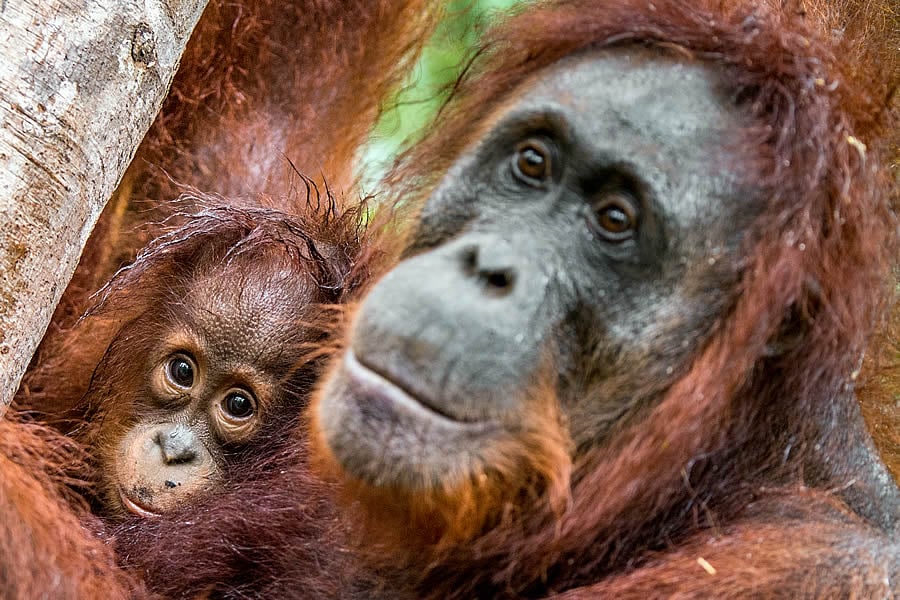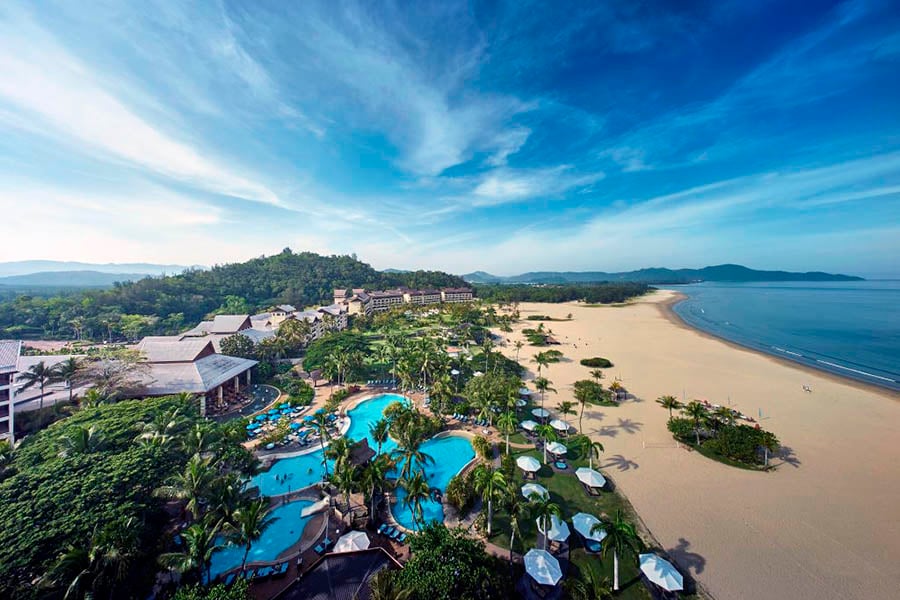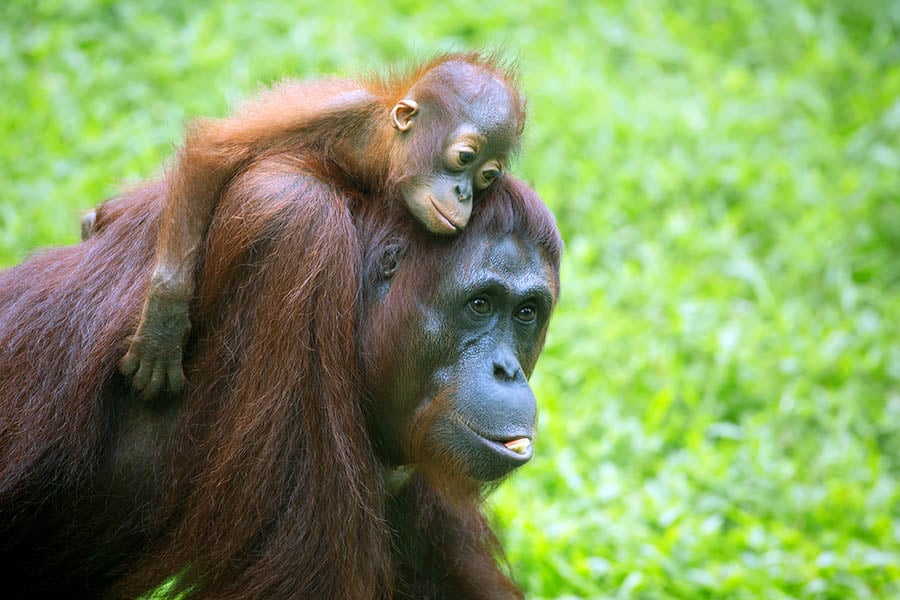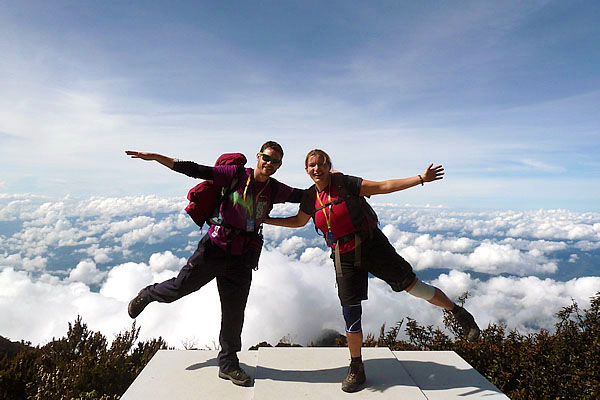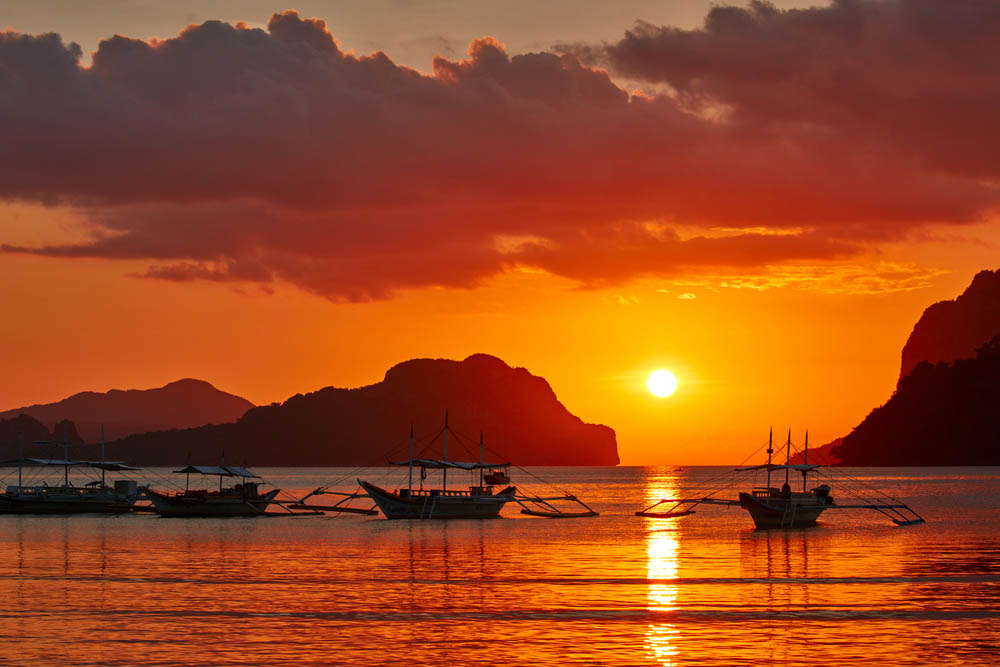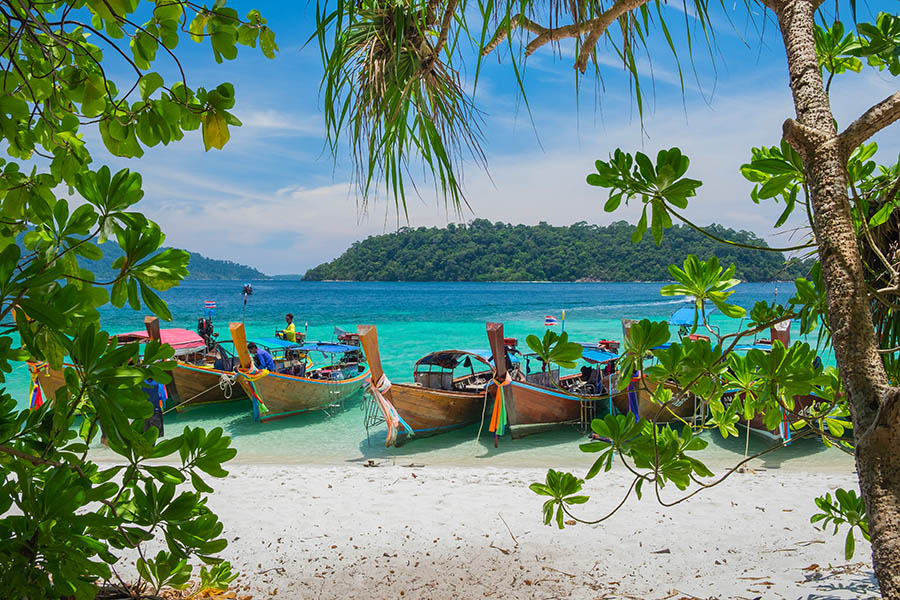10 Stand-out experiences in Sabah, Borneo
The biggest draw of Borneo is definitely the wildlife. North Borneo has some of the best jungle wildlife in the world, the most famous of course being the orangutans, humans’ closest living relatives! You can find these giant apes in sanctuaries across Sabah, but also in the wild in certain protected areas.
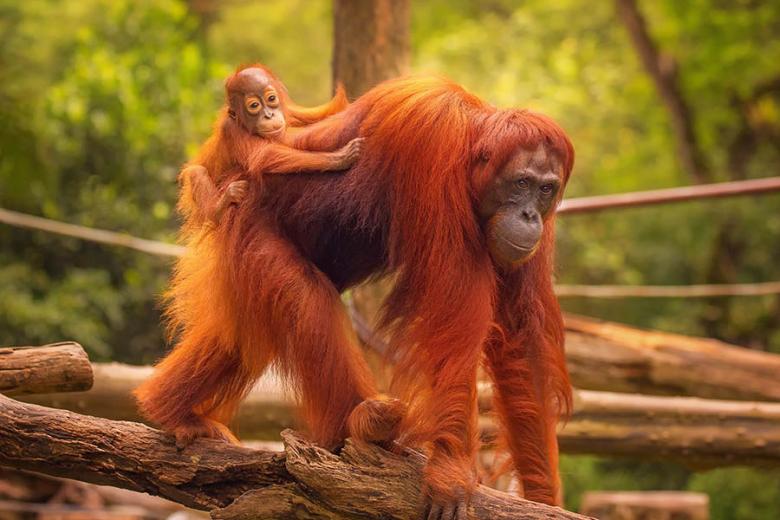
Borneo is teeming with other wildlife too; you can spot wild proboscis and macaque monkeys, pygmy elephants, crocodiles and more birds than you can count. I recently had the opportunity to explore the Malaysian part of this beautiful island – here is my rundown of the best activities to experience in North Borneo.
Best time to visit Borneo
The best time to go is the summer, from April to September, which is hotter and less humid. The winter months, from November to February, are cooler (although still in the high 20s!) and wetter – you will spend a lot of time in the rainforest so wetter is not an understatement! If you’re not a fan of thunderstorms, you might want to avoid this time.
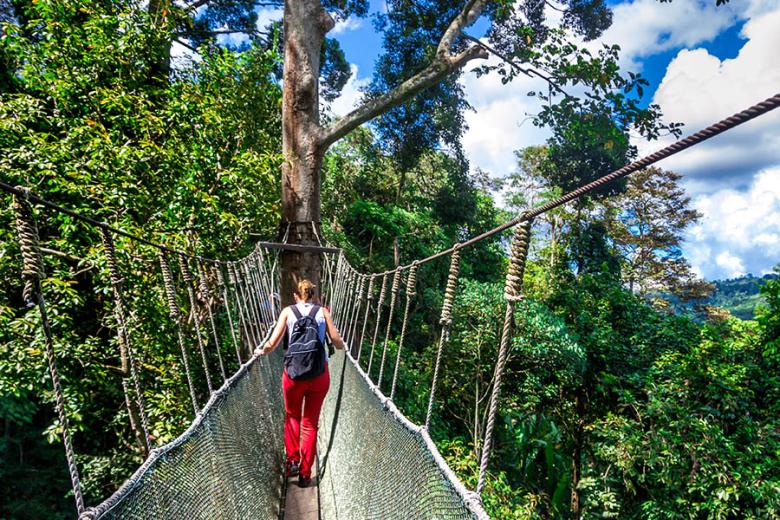
I went in October and personally, I think this is also a great time to go. It’s quite humid and there is a higher risk of rain, but the weather is pleasantly warm to hot, and we only had the odd rain shower. Another benefit of going in October is that resorts, hotels and wildlife parks are less crowded and it’s easier to get a good view!
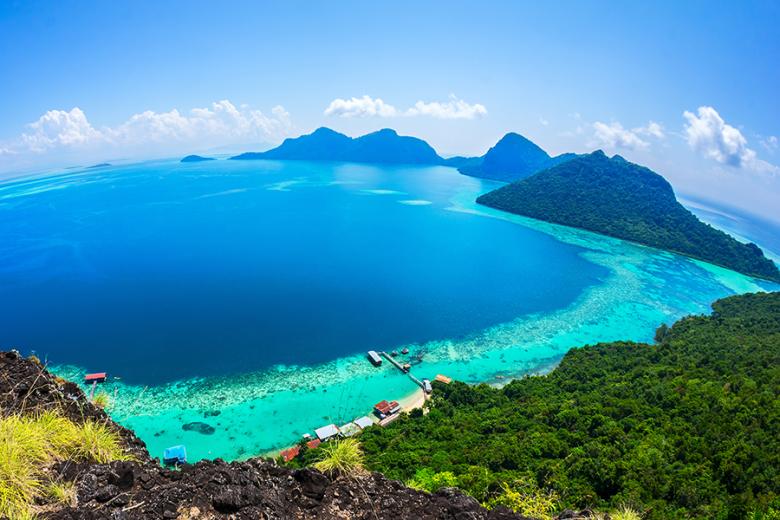
1. Land in Kota Kinabalu: a city full of life
Kota Kinabalu is where most travellers kick off their Borneo trips. The city isn’t just a big, transit city, it’s bustling and full of life. I only spent one night here before heading east, but I could easily have spent longer.
KK is only a short stretch from stunning white-sand beaches, where you can dive and snorkel, kayak and join other water sports. Have dinner at the Fish Market for some fresh seafood and enjoy a few drinks at ground level on the harbourside, or atop the brand-new Hilton Hotel’s rooftop bar!
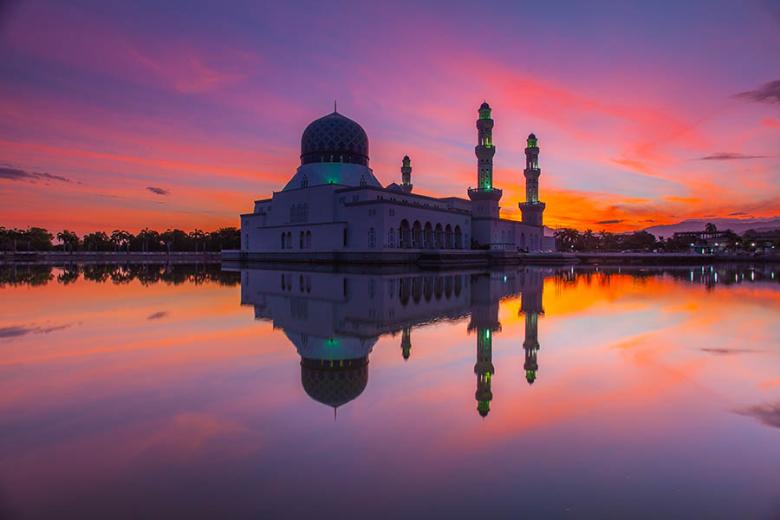
2. Visit a local village - Lobong Lobong
From Kota Kinabalu, we headed out to Mount Kinabalu and stopped at Lobong Lobong village on the way. This traditional Indonesian village nestled at the bottom of Mount Kinabalu welcomes visitors for a fantastic homestay experience. There is a good range of accommodation here from really basic to luxurious, so everyone is covered.
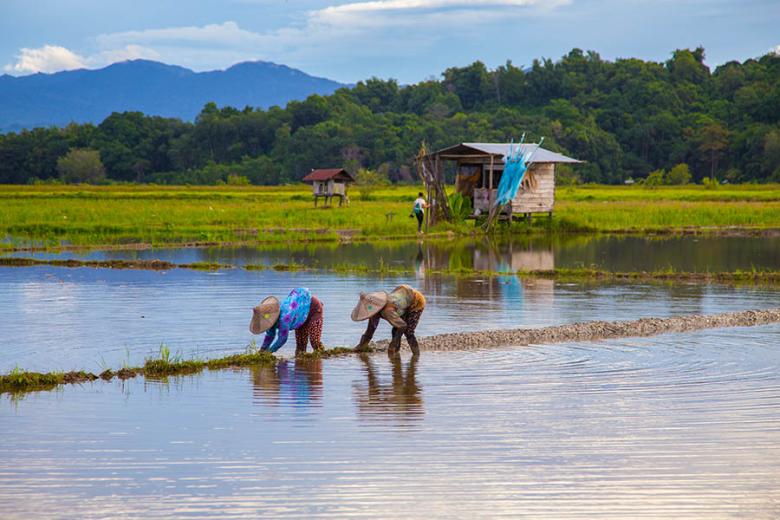
While staying in Lobong Lobong, you can join in with village life and learn about their farming of pineapple, rice, papaya and rubber. This is such a lovely experience, a mixture of traditional life with a few modern twists that gives a genuine view of how locals in rural Borneo live. The villagers could not have been friendlier or more welcoming, and the rooms we stayed in were simple but comfortable and clean.
Lobong Lobong village is close to Kinabalu Park, so if you want to climb Mount Kinabalu, this is where you’ll start. If like me, you’re not ready to take on the mountain, you can see the vast array of flora in the botanical gardens, at the base!
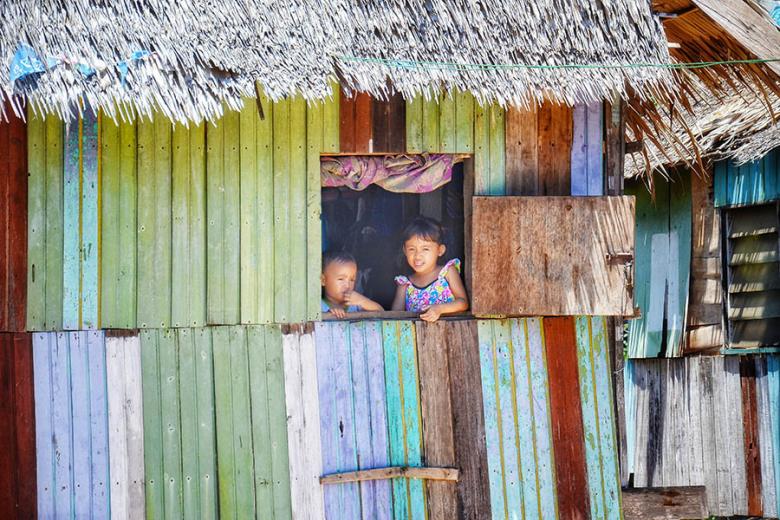
3. Climb Mount Kinabalu
If trekking is your thing and you’re looking for a challenge, climbing Mount Kinabalu is an opportunity not to be missed. Towering at 4,095m, this is the highest mountain on Borneo and a popular choice with trekkers looking for a relatively easy climb.
Anyone with a good fitness level can attempt the ascent which takes two days and boasts an incredible array of wildlife and botanical wonders along the way, not to mention the spectacular 360-degree view from the summit.
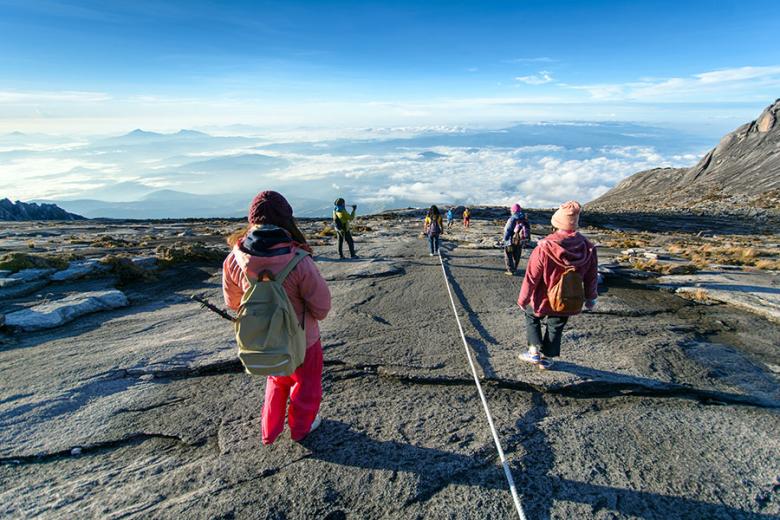
4. Soak in Poring Hot Springs
The next stop on our itinerary was Poring Hot Springs. Here, you can take a dip in modern swimming baths which are fed by natural spring-waters, heated by the geothermal activity of Mount Kinabalu. Set in the lowland rainforest, surrounded by tall trees and thick vegetation, Poring hot springs has its own accommodation and a canopy walkway.
As you wander around, you might spot a couple of Rafflesia flowers – the largest flower in the world. We were really lucky as they only flower for five days at random intervals and we caught one on its second day! (Beware, they’re fascinating plants but they smell disgusting!)
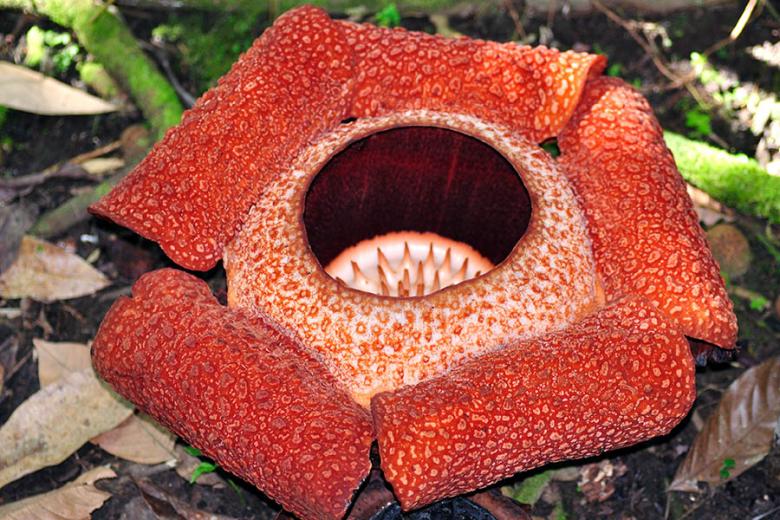
5. Visit a tea plantation
Following our relaxing break at the hot springs, we headed to the city of Sandakan, on the northeast coast of Borneo. From Poring, the drive is about 3 and a half hours, so I recommend breaking the journey and stopping at Sabah Tea for a tour of the tea plantations and the factory.
Your guide will show you around the factory and explain how all their tea is picked, processed and packaged on site. The Sabah Tea is quite special; it’s full of flavour, and it’s worth stopping in the shop to pick up a pack or two as you can’t buy it anywhere else. You can also stay overnight at Sabah Tea – they offer basic rooms, but you’ll have stunning views across Mount Kinabalu and its foothills.
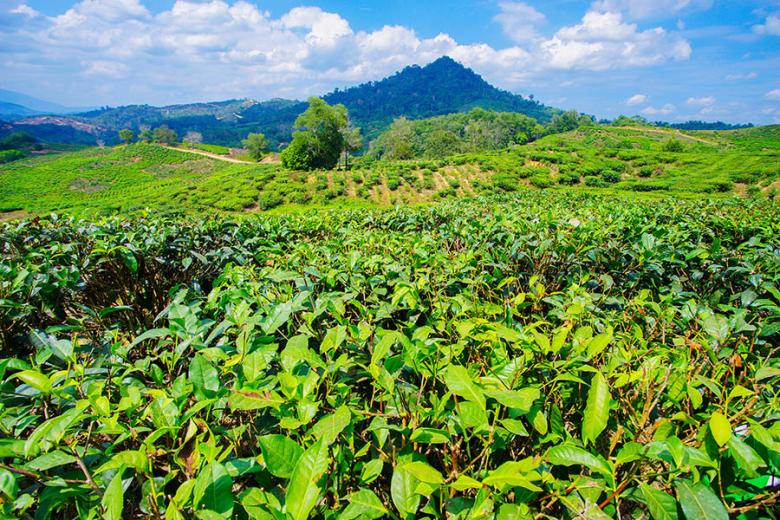
6. Seek out a sun bear
On the way to Sandakan, you can also visit the Sepilok Sun Bear Conservation Centre. If you’re not a member of David Attenborough’s research team, this is just about the only place you can see sun bears in the world! These shy animals are still found in the wild but, sadly, their numbers have dropped dramatically and they now number just a few hundred.
The biggest threat to sun bears in Borneo is habitat loss due to logging, but sadly they’re also at risk from commercial hunting and the pet trade. The Sun Bear Conservation Centre is committed to rescuing illegally-owned sun bears and rehabilitating them for release into a semi-wild sanctuary.
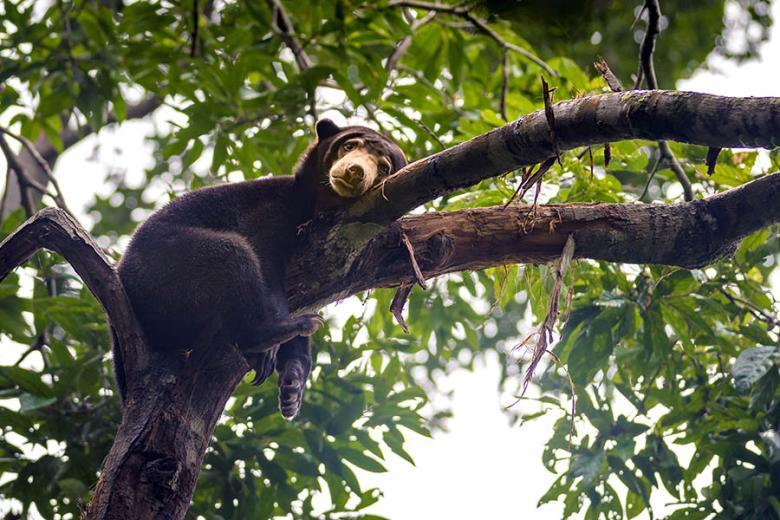
7. Meet your cousin the orangutan
Next door to the Sun Bear Centre is another fantastic sanctuary, the Sepilok Orangutan Rehabilitation Centre. The centre is working to rescue and rehabilitate orangutans, whose numbers have also dropped due to logging and hunting.
Before we got to the door, we saw three orangutans from the car park alone and two more whilst walking to see the sun bears. Ironically, we only saw one at the feeding platform, but that’s actually a good sign; as the programme becomes more successful, the apes need to visit the feeding stations less, so your chances of seeing them in the semi-wild are lower but we have happier orangutans!
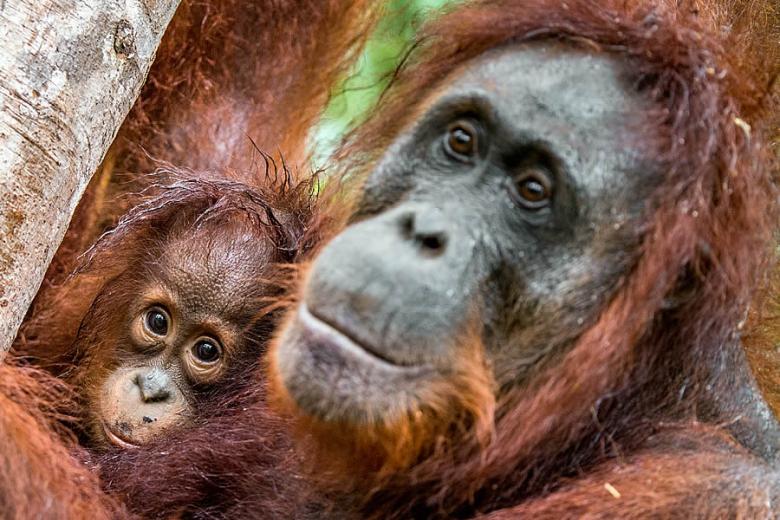
You can also visit the nursery to see orphaned young orangutans playing and being silly – a highlight for me! I would really recommend visiting the centre, not only will you get to meet these fascinating animals, but you will also be supporting a great cause.
8. Peek at the proboscis monkeys
In Sepilok, we also visited the Proboscis Monkey Sanctuary. The access road to the centre takes you through a palm plantation, which is the biggest culprit in the deforestation crisis in Borneo. This is a sad reminder of why centres like this one or the sun bear and orangutan centres are needed today.
The sanctuary itself is a fantastic experience, with huge feeding platforms to spot the native Bornean Proboscis monkeys. We were lucky to see at least three family groups on our visit!
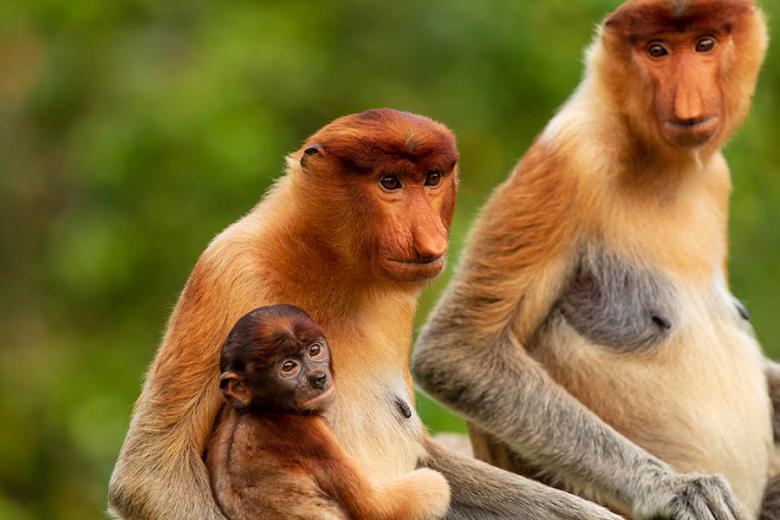
9. Journey through the jungle by boat
Our next stop was the Kinabatangan River, home to one of the richest ecosystems in the world. This was by far the greatest highlight of my trip because the wild animal encounters were spectacular and the guides were just amazing.
We stayed at the Kinabatangan Wetland Resort which can only be accessed by boat. During our stay, we did six river safaris and saw wild orangutans, proboscis monkeys, macaques, snakes and lizards. The guides on my river safaris were incredible – somehow they could spot any animal from a mile away! Their English was impeccable and their knowledge greater than I could have imagined.
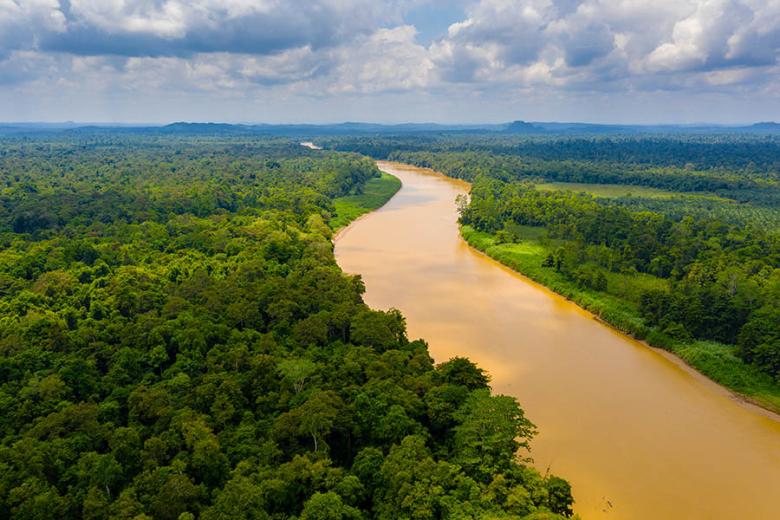
Amongst the animals I didn’t manage to spot were pygmy elephants. These elusive animals only venture down to the river for a day or two every two weeks, so spotting them is pretty rare. The clouded leopard also evaded me, which was a bit of a pipe dream anyway!
To increase your chances of seeing pygmy elephants, you can join an elephant-spotting cruise or a jeep safari in the Danum Valley. Your guides will know if the elephants have been spotted and where to look, but this can take a full day, so plan ahead. You can also join a night walk to look for nocturnal animals such as the clouded leopard, slow loris and tarsier.
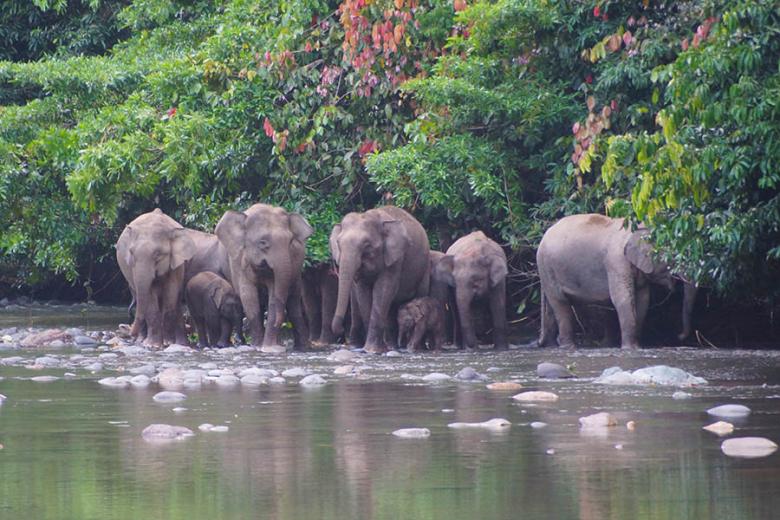
10. See a real oxbow lake – Kelenanap oxbow lake
Whilst you’re staying on the river, take an early morning river safari to Kelenanap Oxbow Lake, accessed from the main river on a tiny, tunnelled tributary. Here you can see the sun come up and simply watch and listen as the jungle come to life all around you! The still waters are home to a whole other world of Borneo wildlife and is particularly great for bird watching.
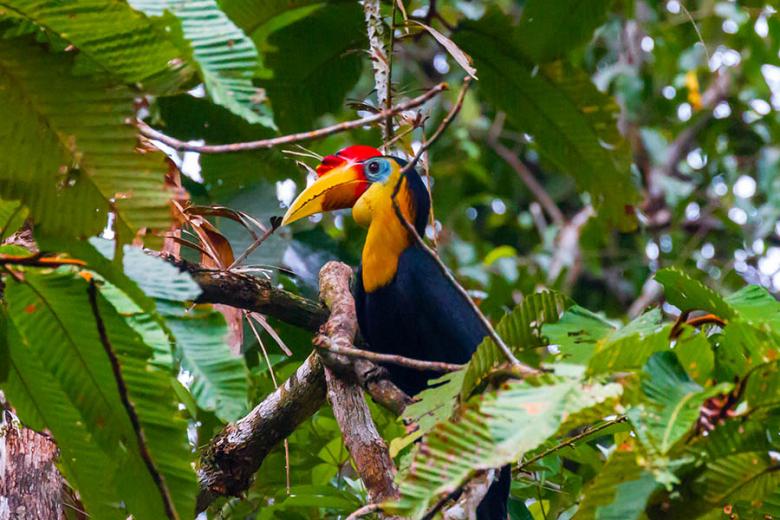
Interested in visiting Sabah and North Borneo?
There is a range of accommodation options across Borneo, including rustic homestays in local villages, traditional longhouses and high-end luxury chalets and resorts. As most of the places you’ll want to visit are fairly small-scale, it is worth booking up early to ensure you end up with your preferred choice.
If you’d like to visit Borneo, I can advise you on places to stay and arrange every aspect of your trip. Take a look at our multi-stop flight ideas and top 10 things to do in Borneo to inspire you, and to start planning your trip, give us a call on 1273 320 580 or send us an email with your request.
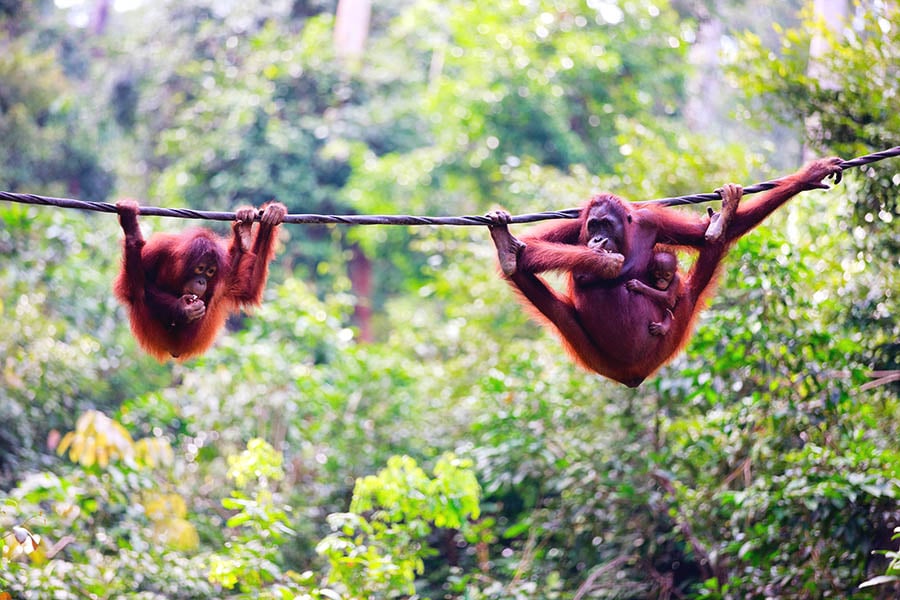
Visit Borneo: a luxury family holiday offers everything you’re after
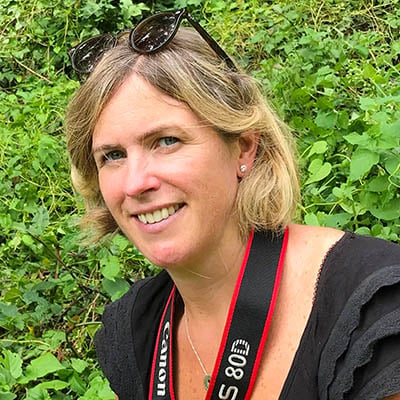
Grainne Sheffer
Senior Travel Consultant
at Travel Nation
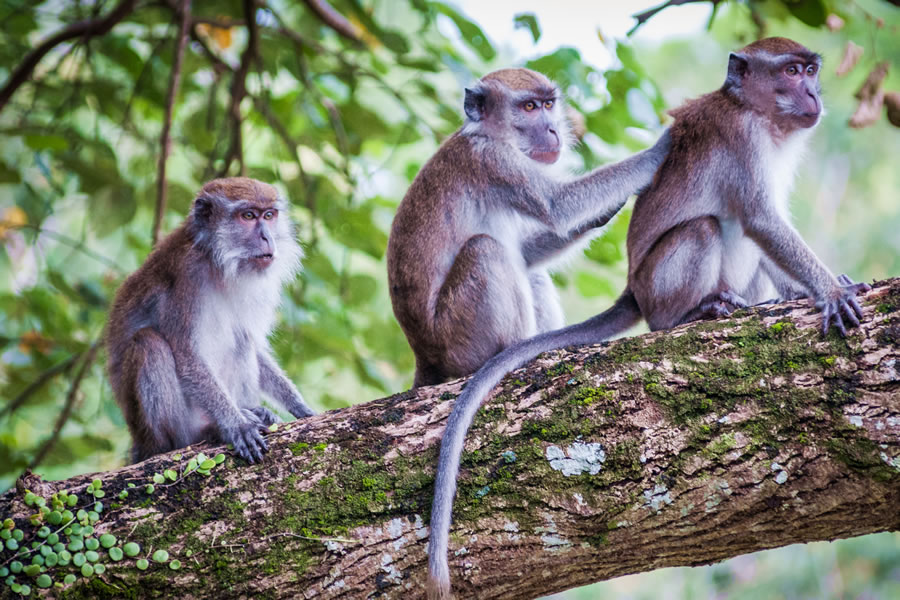
Exploring Sarawak, Borneo: Kuching, Mulu caves & Bako National Park
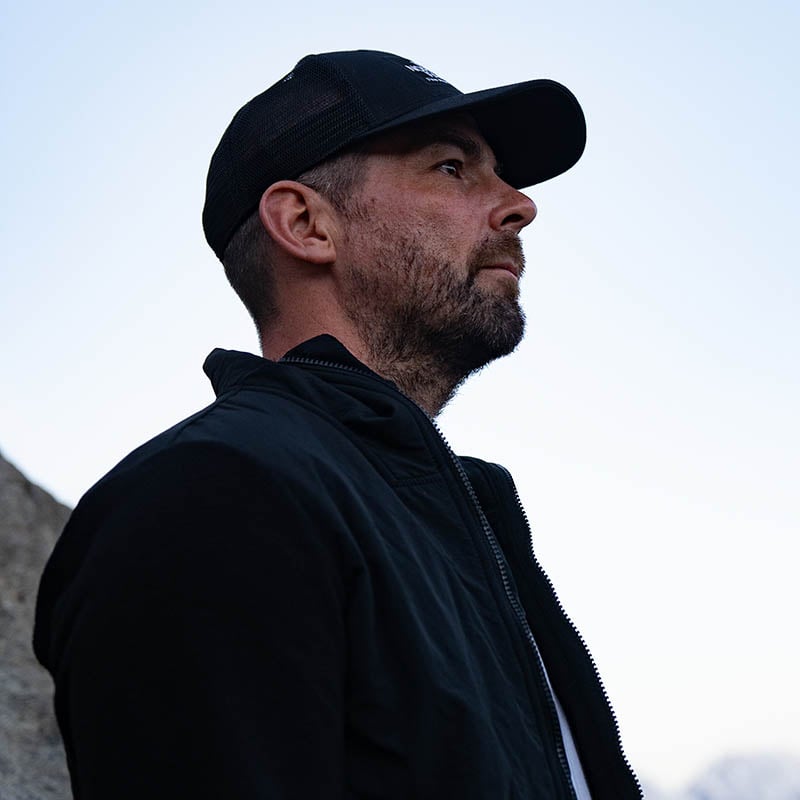
David Taylor
Senior Travel Consultant
at Travel Nation


